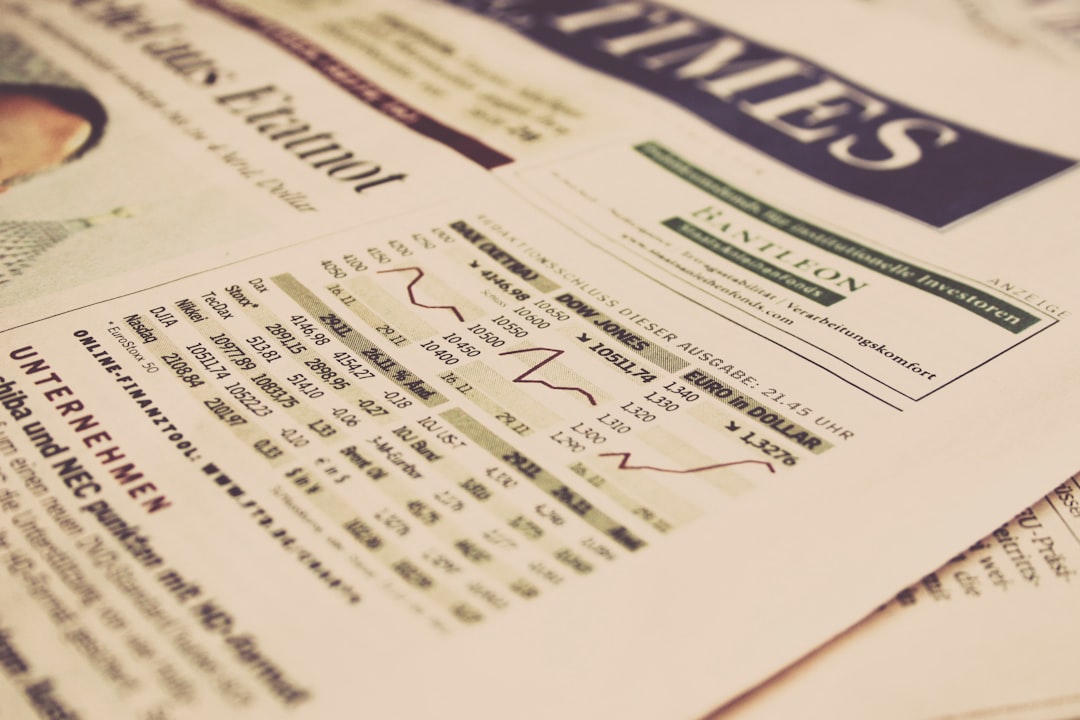What is it about?
Since Ehrenberg and Schwarz (1986) there has been a plethora of articles investigating the relationship between public and private sector wages. This article examines part of this post 1986 literature by reviewing articles that examine central government-private sector wage differentials. In sum, most articles find that there is a premium paid to central government workers, although the premium has declined in recent years. In developing countries, however, the differential is usually negative. Women and minorities tend to do better in the public sector relative to their private sector counterparts. The evidence on union premiums between sectors is mixed, although the premium tends to be higher in the private sector. However public sector union workers do not do much better than private sector union members. The magnitude of all of the wage differentials discussed are sensitive to the estimation technique and data source used. The most common explanation for the public sector wage premium is economic rent accruing to government workers, although the public sector wage determination literature suggests that the differential is due to returns to political and ‘vote producing’ activities not relevant in the private sector.
Featured Image
Read the Original
This page is a summary of: The Central Government-Private Sector Wage Differential, Journal of Economic Surveys, December 2002, Wiley,
DOI: 10.1111/1467-6419.00052.
You can read the full text:
Contributors
The following have contributed to this page










